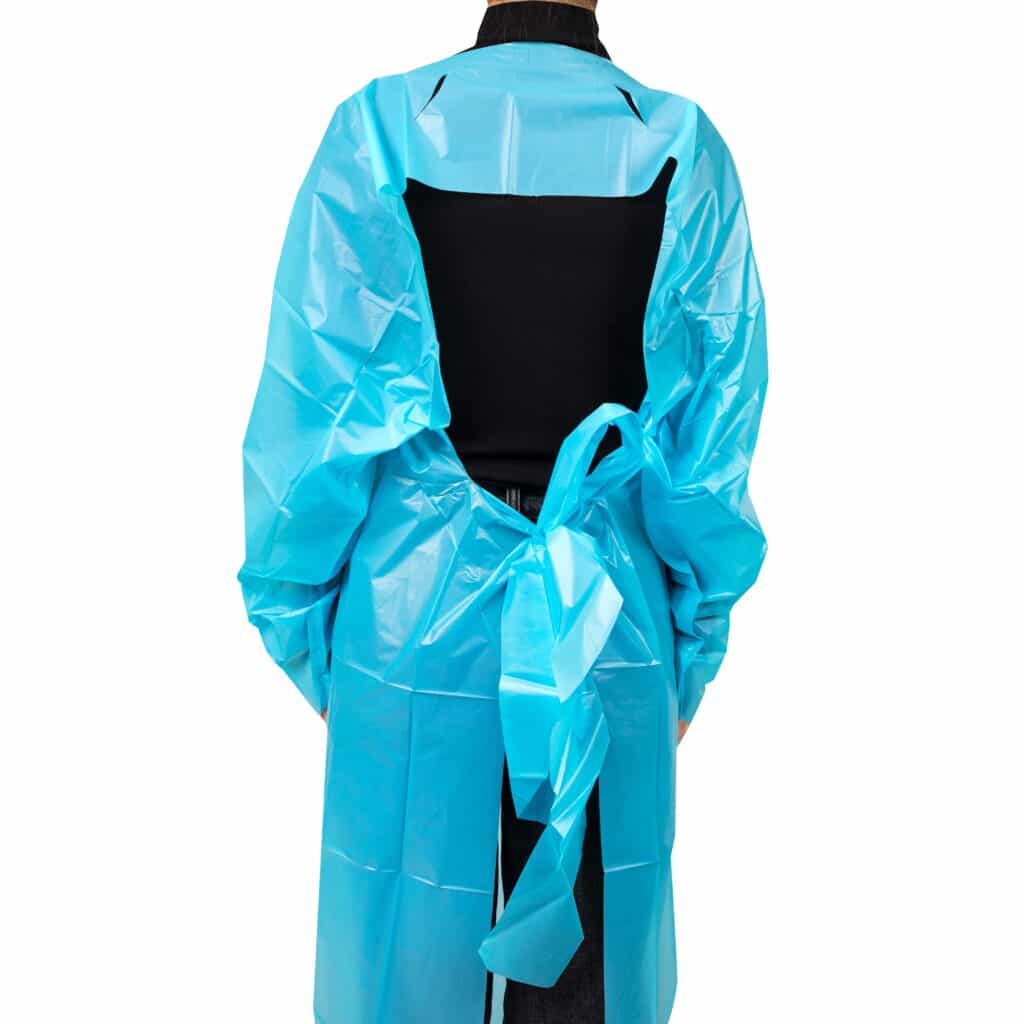Ever walked into a hospital and noticed the different kinds of protective wear healthcare professionals adorn? Ever wondered why there are so many types, and what makes one different from the other? Well, let’s dive deep into this protective ocean.

Introduction to Protective Wear
You see, protective wear in the medical realm isn’t just about fashion or keeping one’s clothes clean. It’s way more than that.
Brief history of medical gowns
From ancient times, medical practitioners understood the importance of barriers between them and potential contaminants. But, of course, the flimsy aprons of yesteryears are no match to today’s tech-driven protective wear.
Why protection in the medical field is paramount
Imagine playing soccer without shin guards or cycling without a helmet. It sounds risky, right? Similarly, in a medical setting, there are invisible ‘opponents’—microorganisms, that can be potentially harmful.

Delving into CPE Medical Gowns
Now, enter the superhero of our story – the CPE medical gown.
What is CPE?
CPE stands for Chlorinated Polyethylene. It’s a material that’s not just strong but also resistant to several chemicals and biological hazards. Think of it as the armored tank in the protective wear lineup.

Benefits of CPE medical gowns
Apart from its superhero-like resistance, CPE gowns are lightweight and comfortable. They’re like that perfect pair of sneakers that are both stylish and comfy!
Other Protective Wear Options
But as in every story, our hero has competitors.
Popular alternatives to CPE
There are gowns made of polyethylene, latex, and even some treated fabrics. Each comes with its set of strengths and weaknesses.

Pros and cons of each option
For instance, while latex offers elasticity and a snug fit, it can cause allergic reactions in some individuals. On the other hand, treated fabrics can offer breathability but might compromise a tad on the protection front.

Direct Comparison: CPE vs. Alternatives
So, how does our hero stand against its competitors?
Safety and protection
When it comes to sheer protective capabilities, CPE often comes out on top, especially against liquid contaminants. Remember the armored tank analogy?

Cost-effectiveness
While some alternatives might be cheaper initially, in the long run, given CPE’s durability and fewer replacements, it often proves more economical.
Environmental considerations
In an era of increasing environmental consciousness, CPE gowns, being recyclable, are a step in the right direction. They’re like the electric cars of the medical protective wear world!

Conclusão
The ultimate choice for protective wear
Choosing protective wear isn’t just about ticking boxes. It’s about ensuring safety while balancing comfort, cost, and even our responsibility to the planet. While CPE medical gowns seem to offer a holistic solution, the final choice should always align with specific needs and contexts.
FAQs
- What does CPE stand for in medical gowns?
- Chlorinated Polyethylene.
- Are there any downsides to CPE gowns?
- While they offer robust protection, they may not be as breathable as some fabric alternatives.
- Can individuals be allergic to CPE?
- Allergies to CPE are rare, especially when compared to materials like latex.
- How do CPE gowns fare environmentally?
- CPE gowns are recyclable, making them a more environmentally friendly option than some alternatives.
- Why are there so many types of medical gowns?
- Different gowns serve various purposes, from surgeries to general patient care, requiring varying levels of protection.











